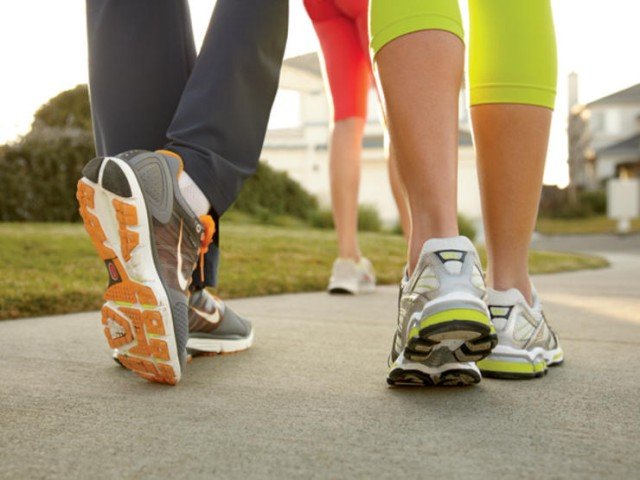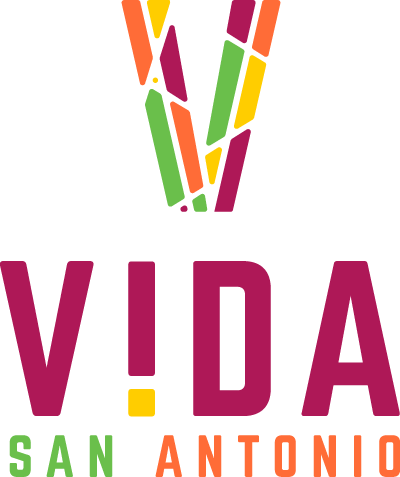As the housing market continues to thrive, buyers are taking a new number into consideration – the walk score of a neighborhood. Neighborhood walkability ranks among the top priorities for many considering renting or purchasing a home, growing in importance since COVID-19 began.
 What Is Walkability?
What Is Walkability?
Simply put, neighborhood walkability measures residents’ ability to accomplish daily tasks without relying on a car or public transportation. Originally designed to promote health through walking, today the walkscore implies convenience, community and a connection with being outside. According to the minds behind Walk Score – the uniform representation of walkability – the ability to walk instead of relying on automotive transportation has four key benefits:
- Financial Benefits. The ability to walk to area amenities not only eliminates the need to purchase a second vehicle and additional fuel for many, but the walkability benefit can add an average of $3,250 per Walk Point to your home’s value. This value will continue to build for as long as you own your home, and will benefit you when it’s time to sell.
- Environmental benefits. With the reduced reliance on vehicle transportation comes a significant reduction in fossil fuels introduced into the atmosphere. In addition, communities with high walk scores also tend to plan public transportation options that benefit their residents, providing further reductions in pollution as people share transportation.
- Community benefits. Communities organized in a manner that promotes walking within the neighborhood enjoy much higher instances of community involvement, support for the arts, and other types of local advocacy and creativity. As more people traverse the neighborhood on foot, with easy access to amenities and community organizations that promote growth, civic engagement increases.
- Health benefits. The ability to walk to work, school, and other essential places encourages physical activity and encompasses a number of health benefits related to the additional exercise. For example, residents in communities with a high Walk Score weigh between six and ten pounds less, on average, than residents of neighborhoods without walkable access to the necessities.
What Is Walk Score?

Walk Score represents a concrete number representing how easily residents can reach school, work, amenities, and more. Rated on a scale of 1-100, Walk Score represents neighborhoods on a continuum that ranges from car-dependent at the low end to walker’s paradise at the high end. According to the minds behind the formula, the formula considers:
- Schools
- Workplaces
- Neighborhood centers
- Pedestrian design
- Completed streets
- Public spaces, and
- Variable usage with residential neighborhoods and businesses close together
Until recently, San Antonio did not have many neighborhoods focused on walkability, other than The RiverWalk. Overall, San Antonio’s overall suburban score is 35, classifying the city as heavily car-dependent. But in recent years and in response to urging from homebuyers, new neighborhoods are focusing on this all-important score.
The VIDA Neighborhood’s Walkability
A short walk from Texas A&M University – San Antonio, the VIDA neighborhood is planned to achieve a Walk Score of at least 69, making it one of the most walkable suburban areas in the city by far. With plenty of sidewalks, trails, and greenways connecting VIDA with the University area, VIDA was planned with walkers and cyclists in mind. The plethora of planned public spaces and amenities serve to boost this score even higher as the neighborhood matures, making VIDA the perfect place for walkers, cyclists, and anyone else wanting to leave their car keys at home.
To learn more about VIDA’s proximity to schools, shops and conveniences, visit the news page. If you’d like to see information about the careful planning behind this thoroughly walkable community, visit the Community Plan boasts a wealth of information about what our residents can look forward to. Or, contact VIDA directly for more personalized answers regarding our vision for this up-and-coming neighborhood.

